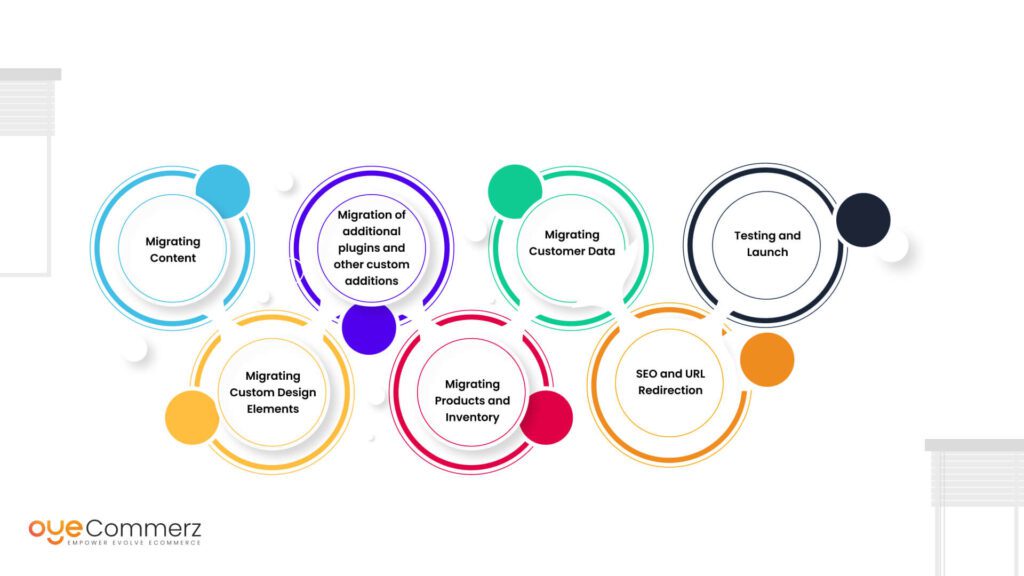In the constantly changing landscape of online retail, picking the right system is vital for your business's prosperity. If you’re at the moment using WP and planning a migration to an alternative, you’re not by yourself. Many businesses are making this transition to leverage Shopify’s powerful features, ease of use, and scalability. This guide will walk you through the journey of migrating from WP to this platform seamlessly, ensuring that you achieve your online retail potential.
Why Transition from WordPress to this platform?
Ahead of starting the migration journey, it’s essential to realize why this transition can be helpful for your digital storefront:
Accessible Tools: Shopify features an straightforward dashboard that simplifies store management, enabling for non-technical users.
Growth Potential: As your company grows, Shopify can support greater traffic and transactions without sacrificing performance.
Built-in Tools: Shopify provides pre-installed resources for SEO, analytics, payment processing, and additional functionalities, eliminating the need for numerous plugins.
Robust Protection: With Shopify, you benefit from strong security measures that secure critical customer data.
Steps for a Smooth Migration
Migrating your digital shop from WordPress to Shopify requires several actions.
Here’s the way to ensure a successful transition:
Plan Your Migration Approach
Start by mapping out your migration plan. Decide on which elements of your present site you wish to move, such as:
Item details
Customer information
Transaction records
Blog content
Pick the Right Migration Package
Considering your requirements, choose a migration service that suits your eCommerce goals. Professional services delivers several choices:
Starter Package: Suitable for small stores with minimal products.
Standard Migration Package: Recommended for mid-range businesses with more complex needs.
Premium Migration Package: Excellent for high-volume stores requiring extensive customization.
Save Your Content
Before starting the migrate blog posts to Shopify migration, ensure that you have a full archive of your WordPress site. This action is critical in case anything goes awry during the move.
Export Your Content from WP
Use tools or alternative solutions to export critical information from your WP site:
Products
Clients
Sales records
Blog posts
Upload Information into Shopify
When you have your data retrieved, utilize Shopify’s import tools or third-party apps to migrate your data into your new store. Ensure Shopify image optimization that all content is accurately structured and aligned.
Customize Your Shopify Store
Following uploading content, customize your Shopify site’s layout to match with your business goals. Look into engaging a developer if you need complex customization.
Configure Payment Gateways and Delivery Settings
Configure transaction methods and shipping settings in Shopify to facilitate a user-friendly purchase experience for customers.
Adopt Search Engine Optimization Guidelines
To maintain your SEO performance during the change:
Use 301 redirects from old URLs to updated ones.
Refresh metadata.
Adjust visual content and copy for better ranking.
Evaluate Your Migrated Store
Before going live, thoroughly test your new store. Check for any broken links, payment processing issues, or untransferred content.
Publish Your Site
Once everything is in place, it’s time to launch! Announce the transition to your customers and encourage them to discover the enhanced offerings of your Shopify store.
Post-Migration Guidance
Post publishing your new store, ongoing support is key. Explore engaging professionals who can guide with:
Site maintenance
Marketing strategies
Enhancing features
Conclusion
Migrating from WP to this platform can be a game-changing move for your eCommerce. By following this guide and leveraging tools like those offered by OyeCommerz, you can achieve a smooth transition that improves your digital storefront. Accept the shift and unlock the advantages of Shopify today!
